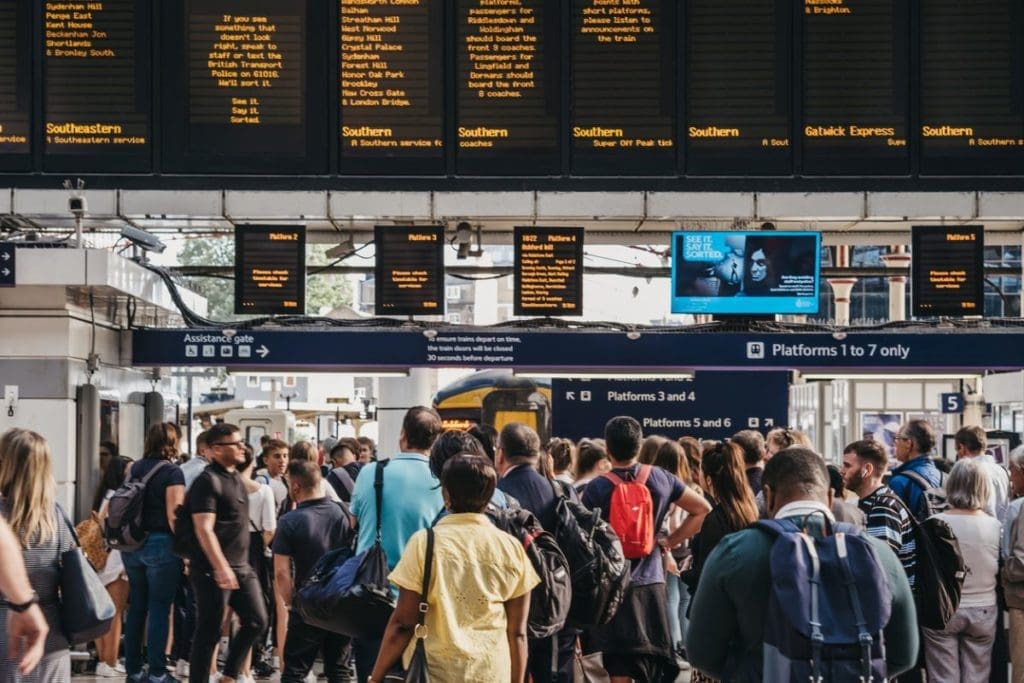A leaked internal Network Rail presentation has revealed that train delays are expected to worsen over the next five years due to rising costs and funding.

The Independent saw the presentation, which was intended for rail industry bosses and reportedly said that the current funding would not let Network Rail “operate, maintain and renew” their tracks, bridges and earthworks infrastructure.
It reported costs will increase due to the cost of repairing old infrastructure rather than replacing it with new, which will be more expensive in the long term.
Enjoy more Railways Illustrated Magazine reading every month.
Click here to subscribe & save.
The £3 billion “risk fund” which is designed to help in emergencies like severe weather will reportedly be cut and fixing the rail services that make the most money may have to be prioritised instead.
There will be fewer repairs over the next five years and there could be more obstructions that cause delays and accidents due to an inability to clear them.
This comes on top of some record cancellations and wait times between October to December last year with 4.5% of all trains cancelled, the highest rate since 2014, and only 62.3% of station stops arriving on time, according to the Office of Rail and Road.
There was also a 5.9% increase in rail fares last month, and the presentation suggests cost could continue to rise.
Labour’s Shadow Transport Secretary Louise Haigh said “short-sighted decisions don’t lower costs – they harm our public finances in the long run, leaving taxpayers to foot the bill”.
“A lost decade of dismal Conservative failure has left the country with second-rate infrastructure, and broken rail services failing passengers,” she said.
While the department said they do not comment on leaks, a spokesperson from the Department for Transport said they have made a record pledge to Network Rail.
“We have pledged a record £44.1 billion for Network Rail as part of our commitment to maintain vital infrastructure and run a safe and reliable railway.”
The money is allocated from April 2024 to March 2029 and includes a 4% increase compared to the last period and marks an above-inflation investment.





